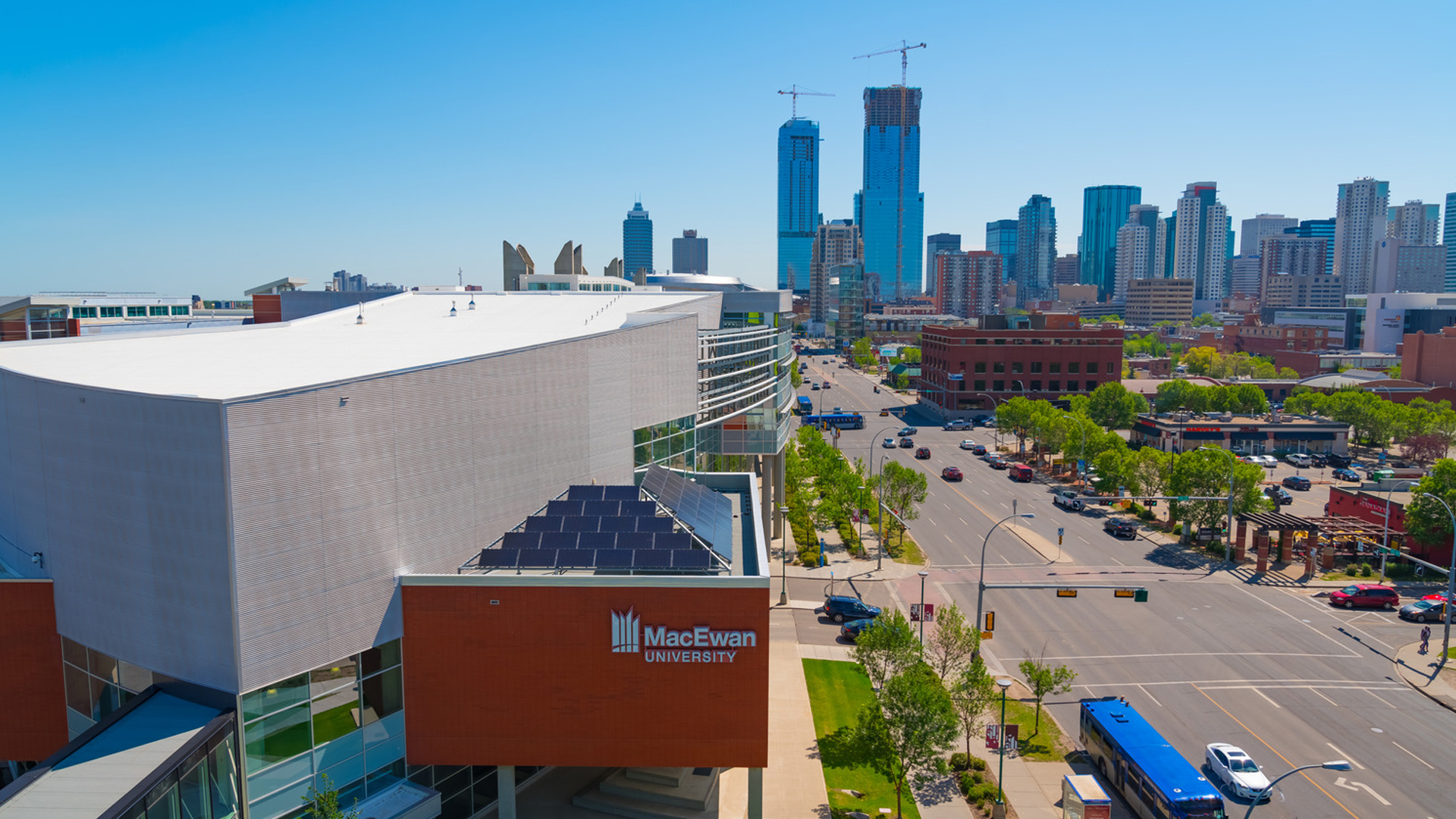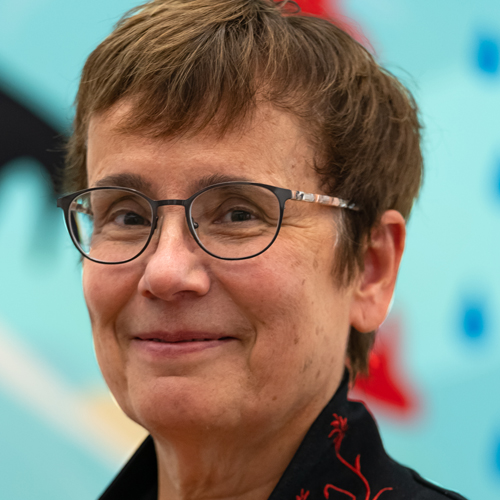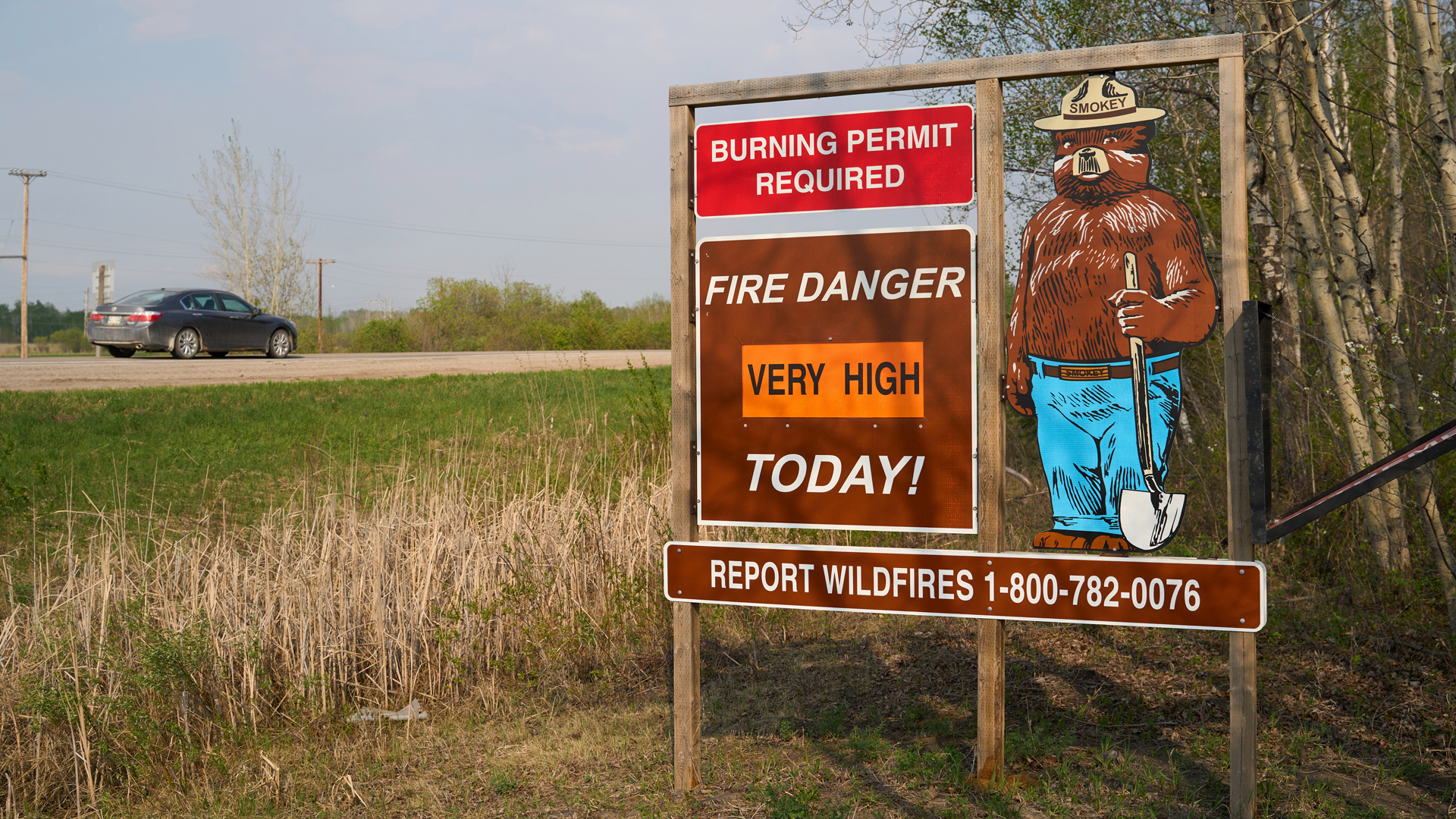
As I walked the seven city blocks of Edmonton’s MacEwan University on my first day as president back in August 2020, I was overjoyed to see that some students, faculty and staff were back on campus. The vast majority of the university’s offerings had moved online (with monumental effort, flexibility and creativity from faculty and students). We were optimistically planning for a more active campus in the fall and hoping that we might avoid a second or third wave of COVID-19.
Outside that “bubble of hope” at the northernmost edge of downtown, our neighbours were flocking to the suburbs, and vacancies were on the rise. People were avoiding the city centre for fear of catching the virus. Businesses were struggling. Downtown arts and cultural organizations were shuttered. Homelessness surged. Unemployment was among the highest in the country.
It might seem reasonable, at first glance, to think that downtown was dead and the long-term trend toward urbanization had come to an abrupt end.
But while COVID has without question changed our cities in the short term, downtowns are not dead. And downtown universities are critical to their vibrancy, revitalization and recovery
Policies matter
In March 2021, the Alberta government directed post-secondary institutions to prepare to return to on-campus learning this fall. The City of Edmonton was also well into creating its City Vibrancy Strategy in partnership with the Downtown Business Association, encouraging major downtown employers to bring people back to the core. (The City Vibrancy Strategy was presented to the city’s urban planning committee on June 15.)
MacEwan University isn’t just onboard with these policies – because of the value we put on people and place, we helped shape them. Our campus sits on top of the old CN rail yards and is embedded in the city’s ICE District. Our neighbours are Edmonton’s almost 1,200 licensed downtown businesses and more than 13,000 downtown residents. Pre-pandemic, our students made up a full quarter of the daytime downtown population. They, along with our faculty and staff, engage with the businesses and organizations that surround us.
There is a porosity to MacEwan and downtown universities like ours. We position ourselves in places that inherently connect us to communities, business and culture, and that allow our students and faculty to grapple with social, public, business and policy challenges. The collision of ideas that result is what sparks innovation.
One example among many is the City of Edmonton’s Community Safety and Well-Being Task Force. Three MacEwan representatives, a student, a researcher and I, spent five months working with the other 13 members of the task force to create actionable recommendations and policy changes to address racism, discrimination, excessive use of force, poverty and homelessness. The result was a report outlining 14 recommendations to city council, 13 of which were accepted, along with a commitment to study the final recommendation further.
Downtown universities care about their communities. We can help address the inequities that COVID has accelerated. We value our role as place-based institutions that are rooted in community. Downtown universities are not simply located in the core; we are integral to the physical places in which we reside.
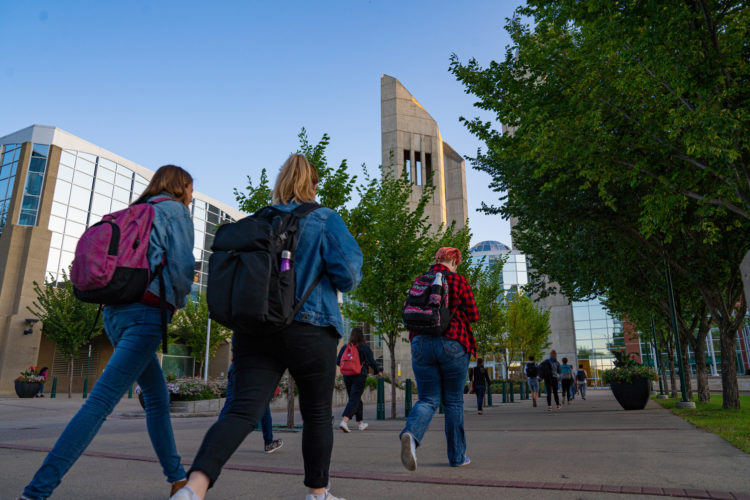
But does place even matter anymore?
Without a doubt, the past year has shifted our sense of place. Our response to the pandemic has meant embracing technology and new ways of learning at a pace we never imagined. Online learning allowed us to keep people safe, provide access for students unable to come to campus and connect with the world.
We know those are learnings we must leverage into the future, but we also have no intention of shifting MacEwan to a fully online university. As we develop the university’s strategic vision and position ourselves for future growth, we know that more online offerings will not mean fewer in-person offerings. At MacEwan, accommodating future growth will mean embracing hybrid learning, in large part because we know exactly how much place matters.
Where our university sits in the world shapes the type of education we provide. Even if a student never sets foot on our campus, the culture of our university and the sense of place we foster factors into their education through case studies and experiences directly tied to our city and our province’s future. Our arts faculty makes sure students learn with and from artists and managers tied to Edmonton’s vibrant music and festival scene. Our accounting students offer a free tax clinic each year to support individuals in the city core who have low incomes, including many immigrants and refugees. Our faculty and student scholars are partnering with NiGiNan Housing Ventures on transitional housing to address homelessness among Indigenous youth aging out of foster care. Our anthropology students helped synthesize comments from more than 160 speakers during eight days of hearings in response to Black Lives Matter protests in 2020 and created public-facing documents for the Community Safety and Well-Being Task Force I mentioned earlier.
Those are just a few examples of how students from across disciplines – sociology, nursing, anthropology, social work and so many others – engage with local businesses and not-for-profit organizations who are our neighbours, addressing issues and problems that impact our communities. Our location influences what we teach, how we research and what we study.
Downtowns and universities as economic hubs
Downtown universities’ focus on place positions us to address our local, regional and provincial realities. In Alberta, that means addressing the “triple pandemic” our province is experiencing with the third wave of COVID, disruptions to our economy related to oil and gas prices and the raft of social issues amplified by both those circumstances including mental health, addiction, homelessness, unemployment and poverty.
As the province moves forward with policies and plans, including Alberta 2030: Building Skills for Jobs, downtown universities are poised to graduate learners who contribute across sectors from nursing and community health to business, technology, science and the arts.
But universities are far more than suppliers of talent and order fillers for current jobs – we influence the demand for that talent, and we create whole new sectors and industries. We conduct research and innovate in ways that make a difference far beyond our physical footprints. We support the innovation, entrepreneurship and economic growth our future downtowns desperately need by providing flexible, interdisciplinary learning options that are tied to the world of work. Just look to the students and faculty partnering with Alberta’s largest liquor retailer, the Edmonton Police Foundation and our own Social Innovation Institute to find innovative, entrepreneurial solutions to the problem of liquor store thefts in the city.
For downtown universities, this is all second nature. Our urban roots mean that we are inextricably intertwined with people and community and have a role to play in making sure people find their way back to the core.
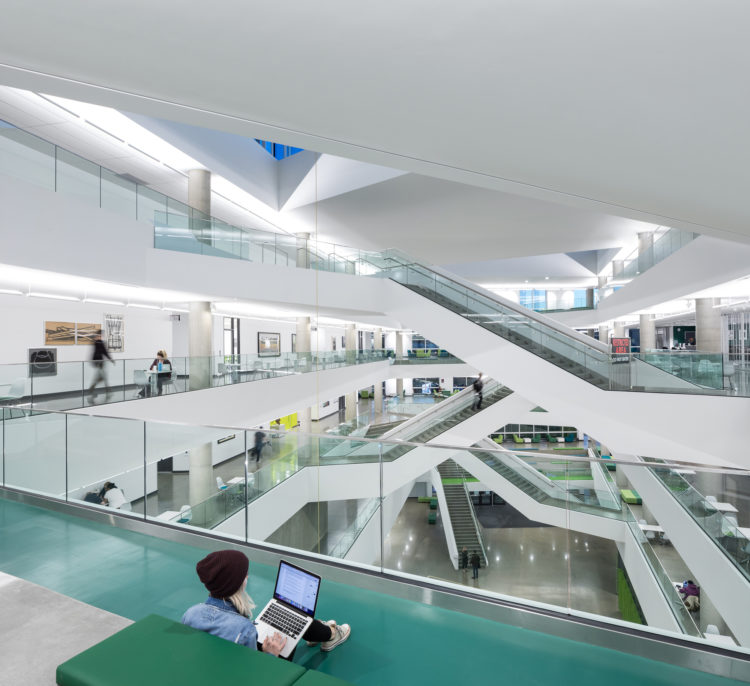
Reinvigorating life downtown
The exodus to low density suburbs or acreages, whether to work from home or find a new home, is a short-term reaction to what we hope are temporary circumstances. Moving away from the core en masse simply isn’t sustainable – environmentally, economically or socially. Density matters. The further we spread out, the more difficult and costly it becomes to provide services and access to recreational and cultural opportunities. If the pandemic has taught us anything, it’s the deep need we have to be together, to connect and to share spaces.
But inviting people back downtown means rebooting downtown in a way that makes people feel safe in the context of the pandemic and in a broader sense. It re-establishes the centre of the city as a destination where tourism, retail, services, festivals, arts and culture, and accessible public spaces flourish.
MacEwan University and other downtown universities across the country are well-positioned to revitalize our downtown cores. We know that our faculty and staff and most importantly our students, both local and international, add to the vibrancy and diversity of our cities and communities, bring energy and fresh ideas and share a keen interest in tackling the issues of our time.
We know that those issues are significant and that we must leverage the lessons the pandemic has taught us about technology, online delivery and the importance of human connection. But as educators, we are endlessly optimistic about the future and the impact we know we and our students can make. COVID will be with us for some time, and we will adapt by getting better at public health surveillance and protection. Downtowns are not dead, but they will be different, and downtown universities intend to help shape the downtowns of our future into places that are younger, edgier, more diverse, inclusive and interesting.
This article is part of the Reshaping Canada’s Cities After the Pandemic Shockwave special feature.





